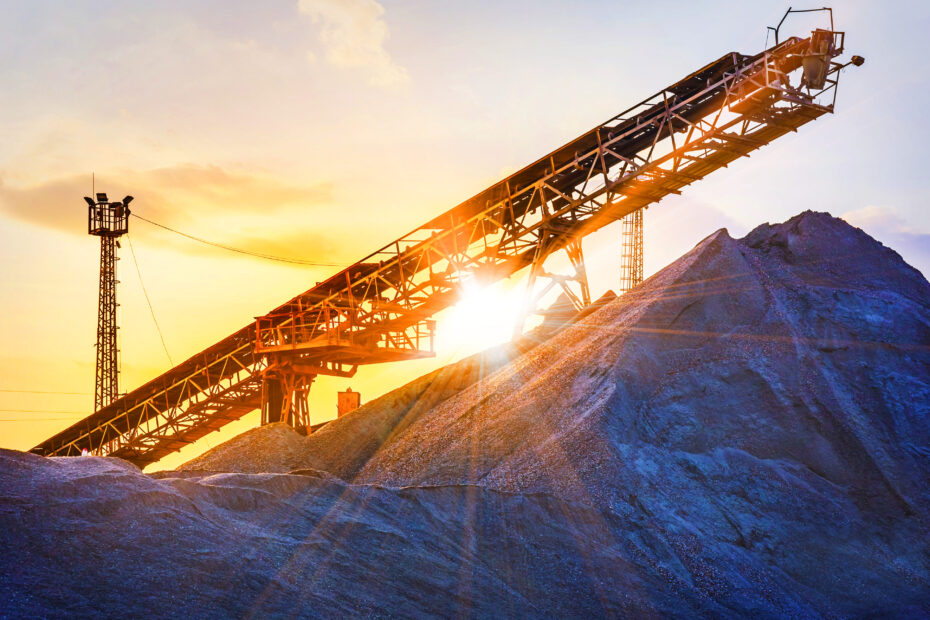
Sand and gravel are the most mined materials in the world, with between 32 and 50 billion tonnes extracted globally each year. They are being extracted faster than they can be replaced. But according to a new study led by researchers at McGill University and the University of Copenhagen, the human and environmental costs of this extraction on lower and middle-income countries have been largely overlooked.
“With this work we’re able to show that in low- and middle-income countries, sand industry is in direct conflict with almost half of the 17 Sustainable Development Goals,” said Mette Bendixen an assistant professor in the department of Geography at McGill University and one of the lead authors of the work, which was published recently in One Earth. “The impact that sand and gravel mining have on the environment, conflicts with goals linked to the natural dynamics of ecosystems. Furthermore, pollution, health-related issues and the informal nature of many mining activities creates societal inequalities negatively affecting small scale miners and their families.”
Increasing demand and market prices are leading to unsustainable exploitation, planning and trade. Removal of sand from rivers and beaches has far-reaching impacts on ecology, infrastructure, national economies, and the livelihoods of the 3 billion people who live along the worlds’ river corridors. Unregulated sand mining has been documented in 70 countries across the globe, with associated conflicts related to ecological destruction, livelihood disruption and labour rights violations. Battles over sand have reportedly killed hundreds in recent years, including local citizens, police officers and government officials.
Opportunity as well as destruction
But the researchers also suggest that, if it is well managed, the mining of these resources also potentially offers certain opportunities to meet some of the UN’s 17 Sustainable Development Goals (SDGs). They also point out that these resources have the potential to help drive socio-economic development to advance some of the UN’s SDGs, such as eliminating poverty. For example, sand and gravel provide labour for millions of people, they supply material for the renewable energy sector and for roads and infrastructure in general.
“Sand resources, when managed appropriately, can create jobs, develop skills usable in other sectors of the economy and spur innovation and investment, whilst continuing to underpin the infrastructure upon which modern society is founded.” argues Lars L. Iversen, an assistant professor at the University of Copenhagen’s Center for Macroecology, Evolution and Climate research who was a lead author in the study. “Therefore, the solution is not to simply ban all mining activities. Finding the balance between the pros and cons of sand and gravel extraction is becoming one of the great resource challenges of our century.”
“We need to build effective management plans and policies for sand resources that support the global sustainable development goals,” says Bendixen “In order to do so a more complete understanding of the impact of sand and gravel mining is required. This need is especially acute for many countries in low- and middle- income regions that currently possess no overview of the extent of local mining activities, or how such activities are impacting ecosystems and local communities.”
Quick facts
- A large proportion of the increase in aggregate (a collective term for sand, gravel, and crushed stone) consumption has occurred in BRICS (Brazil, Russia, India, China, and South Africa) countries.
- For cement alone, a proxy for aggregate usage, China’s demand has increased exponentially by 438% over the past 20 years, compared with an increase of 60% in the rest of the world.
- While current global aggregate consumption of 32-50 billion tonnes per year is dominated by consumption from high (per capita) production sources in North America and China, the greatest relative increase in production is projected to occur in LMICs (lower and middle-income countries).
- Aggregate mining in LMICs is often executed informally by artisanal small-scale miners providing an essential source of livelihood for many people worldwide.
- Violence can also increase alongside mining. In India, the mining of sand, in particular, has been associated with local conflict linked to water access and pollution.
